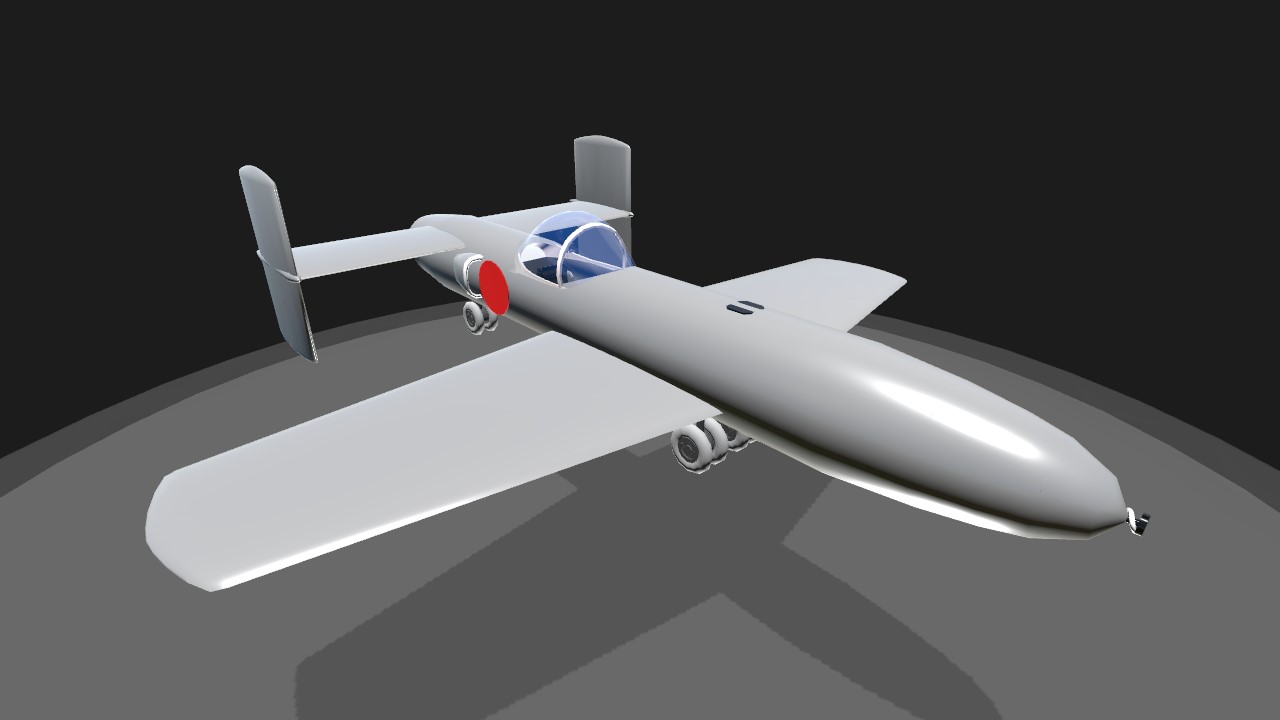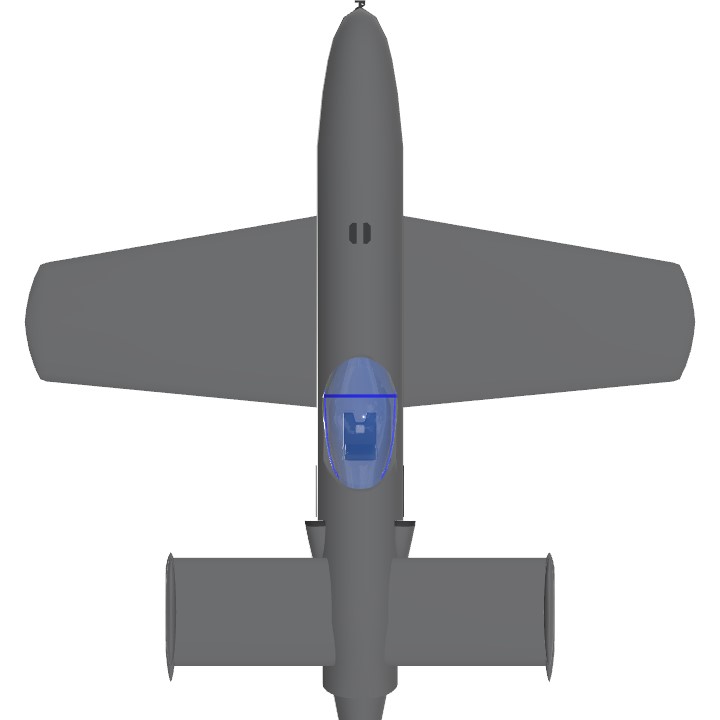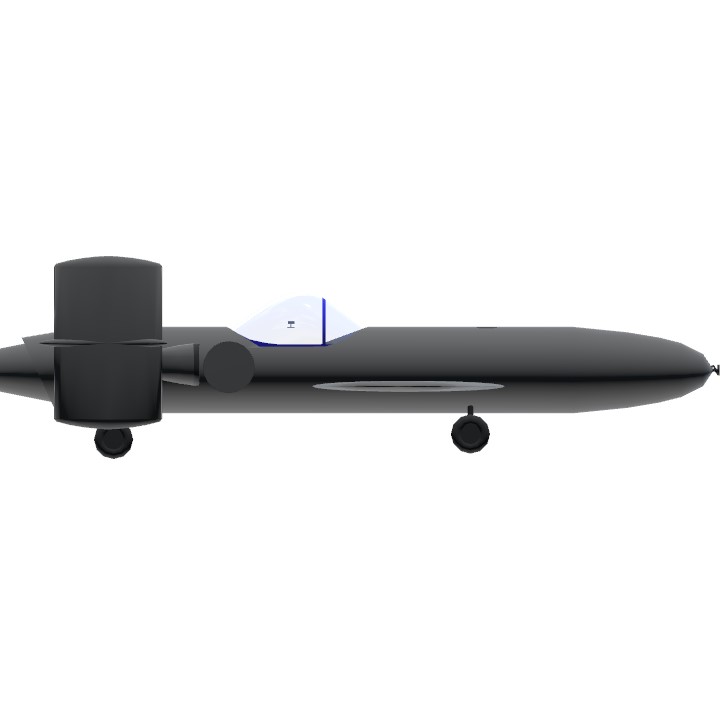The Yokosuka MXY-7 Ohka (??, Oka, "cherry blossom"; ?? in modern orthography) was a purpose-built, rocket-powered human-guided kamikaze attack aircraft[1] employed by Japan against Allied ships towards the end of the Pacific War during World War II. Although extremely fast, the very short range of the Ohka meant that it had to be carried into action as a parasite aircraft by a much larger bomber, which was itself vulnerable to carrier-borne fighters. In action during the Battle of Okinawa in 1945, Ohkas were able to sink or damage some escort vessels and transport ships but no major warships were ever sunk. Improved versions which attempted to overcome the aircraft's shortcomings were developed too late to be deployed. Allied troops referred to the aircraft as "Baka Bombs"
Specifications
General Characteristics
- Created On Windows
- Wingspan 25.4ft (7.8m)
- Length 27.3ft (8.3m)
- Height 7.9ft (2.4m)
- Empty Weight 6,312lbs (2,863kg)
- Loaded Weight 7,210lbs (3,270kg)
Performance
- Power/Weight Ratio 2.805
- Wing Loading 43.4lbs/ft2 (211.9kg/m2)
- Wing Area 166.2ft2 (15.4m2)
- Drag Points 3476
Parts
- Number of Parts 70
- Control Surfaces 8
- Performance Cost 338





